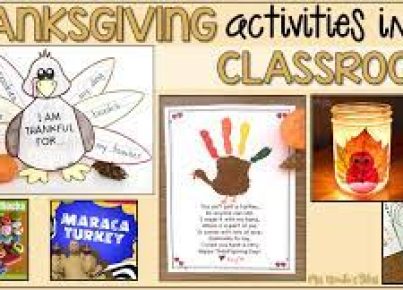In the age of digital education, teaching resources have evolved to meet the diverse needs of educators and students in the classroom. These resources encompass a wide variety of tools and materials designed to enhance the learning experience and provide dynamic, interactive teaching opportunities.
One of the most substantial shifts in educational resources has been the integration of technology into everyday learning. Interactive whiteboards, student response systems, and learning management software have become commonplace, fostering a more engaging and personalized education environment. Digital platforms such as Google Classroom and Blackboard enable teachers to organize course materials, distribute assignments, communicate with students, and track progress efficiently.
Beyond technology-based tools, traditional teaching resources continue to play a critical role in education. Textbooks, literature books, workbooks, handouts, and visual aids like posters or models still find their place in effectively delivering course content. Moreover, manipulatives for subjects such as math – like blocks or abacuses – aid in hands-on learning experiences that reinforce concepts through tactile engagement.
Supplementary teaching resources like flashcards, educational games, puzzles, and kits are also instrumental in reinforcing lessons in a manner that encourages participation and fun. These tools can help cater to various learning styles – including visual, auditory, kinesthetic, and reading/writing-preferred learners – ensuring that each student’s needs are addressed.
Collaboration between teachers has also flourished through resource sharing platforms where educators can exchange lesson plans, activities, assessment methods, and innovative ideas. Websites like Teachers Pay Teachers or Share My Lesson facilitate an educators’ community that supports continuous improvement and adaptability in teaching strategies.
Professional development resources are equally important for teachers seeking to enhance their skills or stay up-to-date with current educational trends. Workshops, webinars, conferences, and online courses offer teachers opportunities for growth and learning new pedagogical approaches.
In conclusion, classroom teaching resources are an intricate mosaic of traditional materials enriched by modern technological tools. They collectively support the complex task of providing high-quality education tailored to each student’s learning journey. Equipping educators with an ever-expanding toolkit remains essential for fostering knowledgeable, skilled future generations prepared to thrive in an increasingly complex world.





